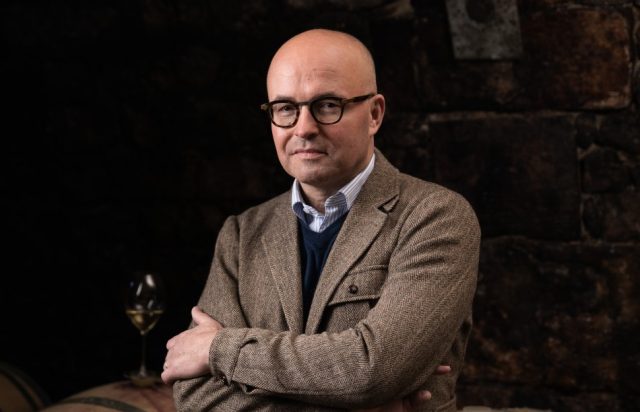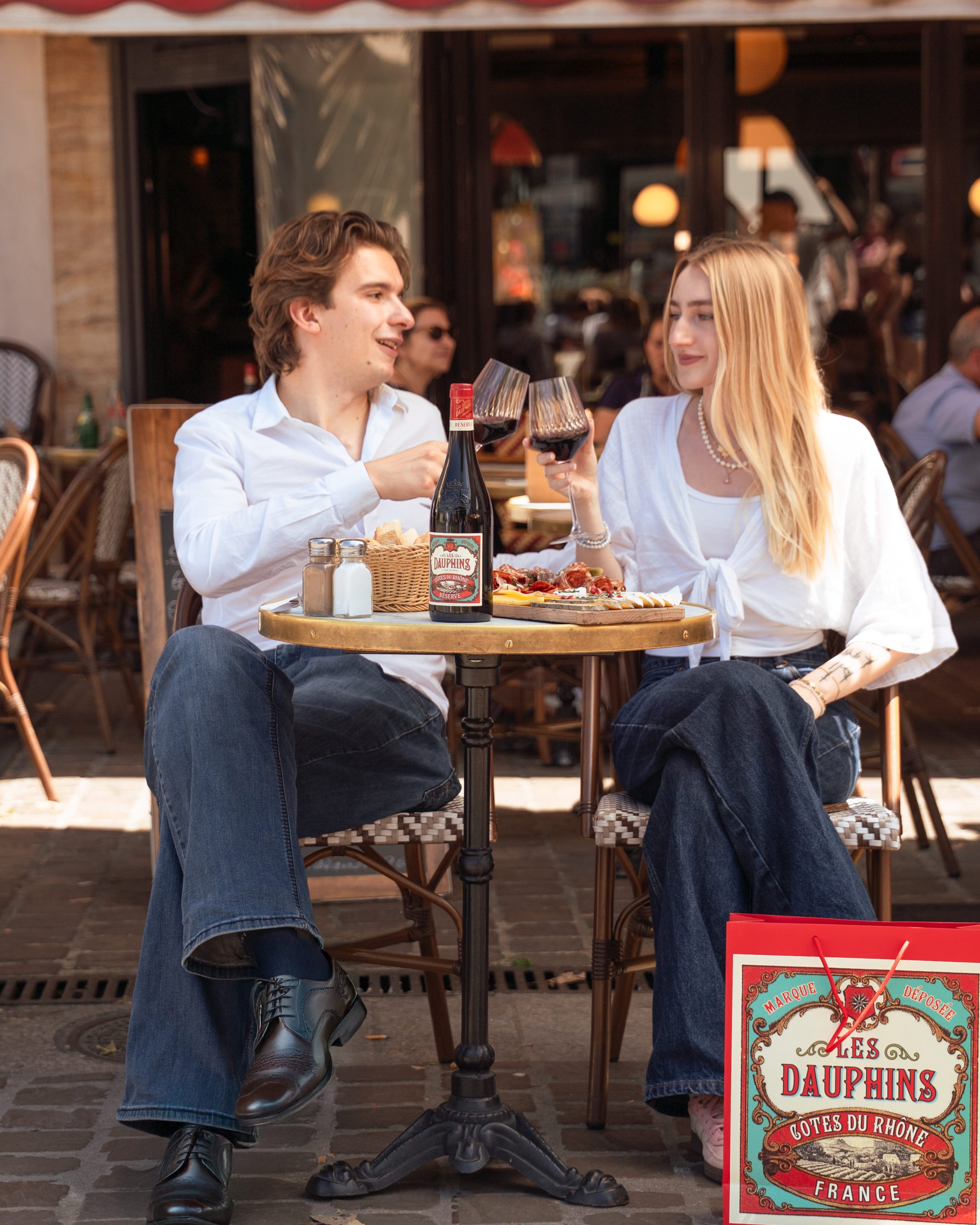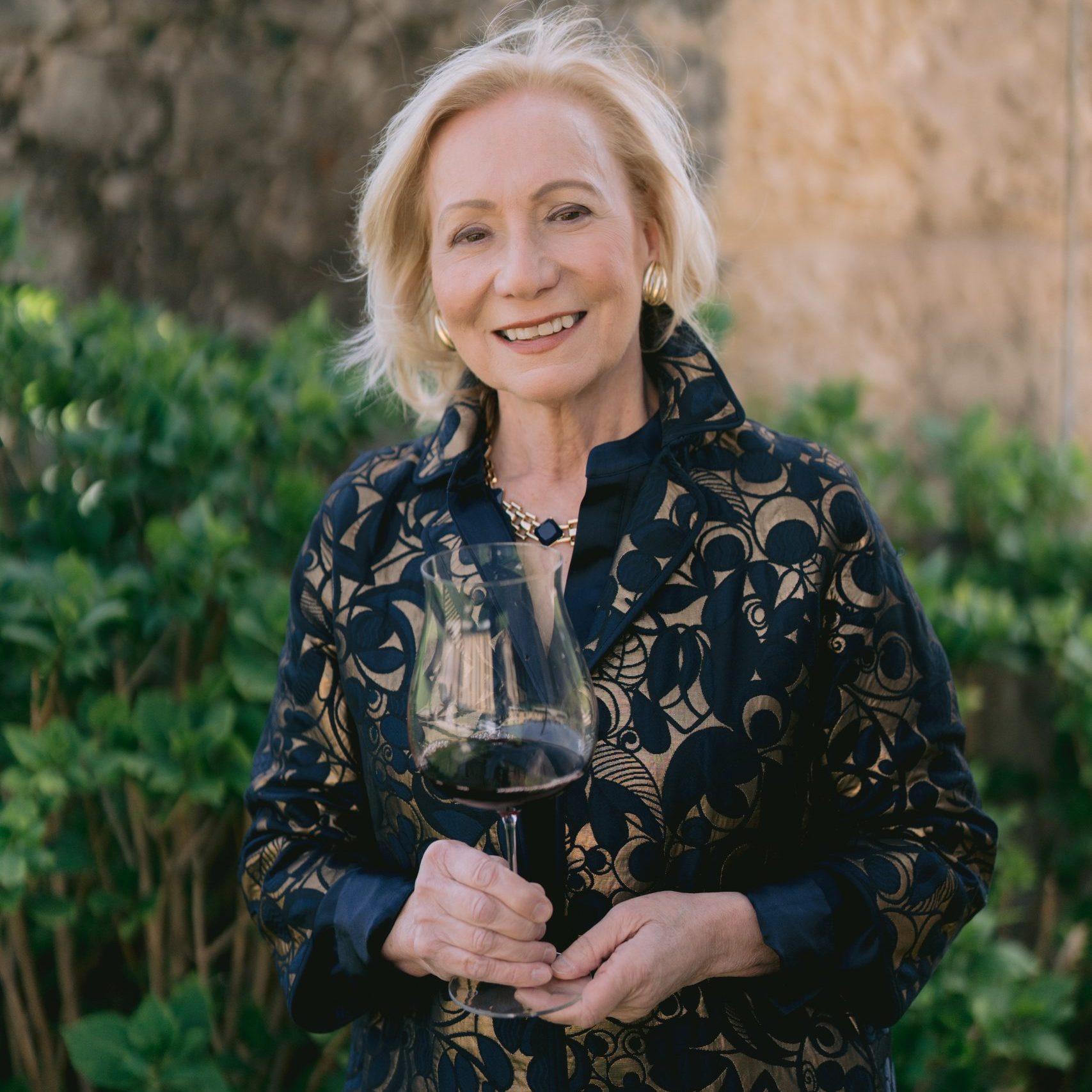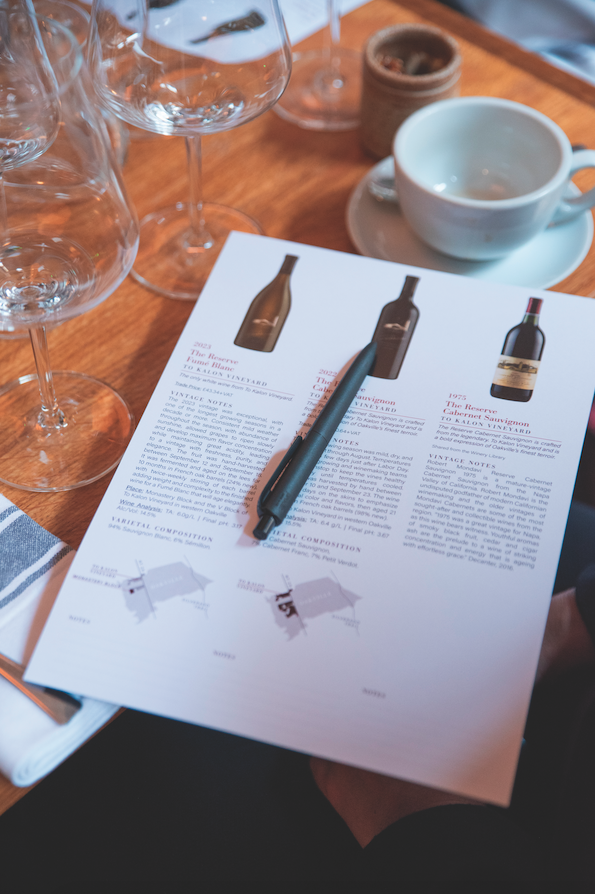Burgundy prices ‘stabilising’ as en primeur campaign launches
Prices for Burgundy have “plateaued”, according to Laurent Delaunay, fifth-generation Burgundian producer of Edouard Delaunay, a good sign of the region ahead of this year’s en primeur campaign.

Speaking to the drinks business at the start of the new Burgundy en primeur campaign, Delaunay, who is also the president of the BIVB, noted that “we have reached a plateau as far as price is concerned”, even though it may take a little time at the top of markets for the top of the market the top domains, premier crus and grand crus to catch up.
With the launch of the plentiful 2023 vintage en primeur campaign, it seems evident that prices have largely not been raised this year. A yesterday’s Corney & Barrow tasting, for example, head of fine wine Guy Seddon noted that most producers had kept the prices the same as in 2022 with a few even reducing them, and only a handful raising them in instances where there was a “specific reason” to do so. The team, he added, had tried to make out prices “palatable to our customers”, following lots of discussions to communicate merchants’ views across the current market.
Speaking to db earlier in the day, Delaunay pointed out that even the top domains, which are sitting on allocations and have a waiting list, had not increased their prices this year, with some global names even opening their waiting list to new buyers and investors.
“For the next few years, maybe three to five years (nobody knows exactly) the prices are not going to increase and go up again. We have reached a plateau,” he told db. “My guess is they’re going to remain stable.”
Entry level
He noted that we are already seeing reduced pricing for the entry-level and regional appellation wines and some smaller village wines for the 2023 vintage, an area he admits, has been a big concern for the BIVB.
Provided the volume of the 2025 vintage is also relatively good and not a repeat of the ‘21 or ‘24 vintages, then this will further stabilize the upper end of the market as well. Indeed, had the ‘24 been a bigger yield, the price may have come down sooner. Delaunay conceded although many price producers have kept back stock for the 23 to deal with potential shortfall next year and keep pricing stable.
In 2023 Burgundy saw a decrease in sales on the back of a smaller ‘21 vintage, but this rebounded in 2024 when there were more wines available on the back of the bumper harvest and better pricing.
“It shows that, contrary to some other regions, there is still interest and excitement about, so as soon as prices are reasonable, the market is there and still investing,” he said.
Partner Content
There was an interesting comparison to make between the ‘24 and the ‘21 vintages, he noted. While the 21 was the smallest harvest in 40 years, the 24 is around 13% higher and varied across the region. The north of Burgundy, notably Chablis and the Côte de Nuits, were particularly impacted by the hail and mildew. The south of the Côte de Beaune and Côte Chalonnaise fared better, while the Mâconnais saw an almost normal crop, he added.
Market tension
Meanwhile, the price of Burgundy Pinot Noir and Chardonnay grapes, which rose steeply between 2020 and 2021 has largely recovered to 2020 levels following the plentiful 2023, increasing by only 5% or so after the 24th vintage.
Delaunay argues that this volatility is signed as a market with a lot of tension, and discussions are ongoing to keep some reserves and stocks when there is more vendor-generous vintage, as they do in Champagne.
“It is already happening in some appellations, but it is the only solution to soften the extreme production conditions we are facing,” he said.
The challenging economic situation is also likely to keep prices more reasonable in the future, he argued, even given that for the first time, all markets have been affected, and there are still considerable concerns over potential upcoming US tariffs.
As a result, the secondary market has also seen some cooling.
“We know there are a lot of bonded warehouses in the UK, Geneva and Hong Kong that are full of Burgundy vintages, and a lot of these people who have considered wine as an investment are trying to sell some of their wine, and the prices are going down.”
“All the signs are not in favour of a price increase, which is a good thing,” he said.
Related news
Castel Group leadership coup escalates
For the twelfth day of Christmas...
Zuccardi Valle de Uco: textured, unique and revolutionary wines




